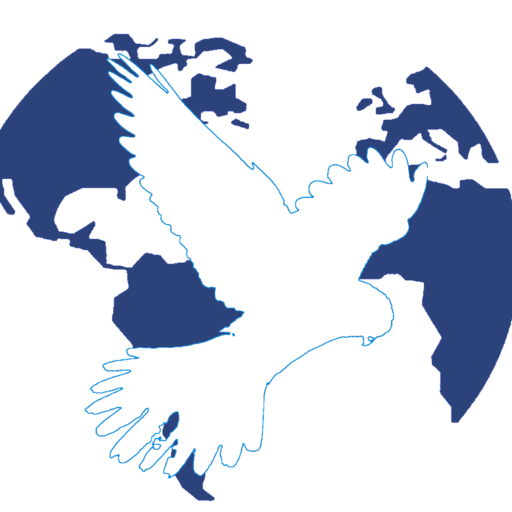The Visa Interview
To obtain a visa, you will undergo a visa interview at a U.S. embassy or consulate in your home country. The interview usually lasts between 3 to 10 minutes. Your goal in the interview is to prove to the consular officer that you plan to return to your home country after your visit or studies — and that you don’t intend to immigrate to the U.S. permanently.
The setting is generally formal and professional. A consular officer at a counter behind glass similar to a bank window will ask you a number of questions—generally in English.
The officer will ask you questions directly and quickly, so it’s important to be confident, concise, and truthful in your answers. Consular officers are trained to make decisions based on short conversations, so clarity is key.
Have your documents organized and ready (see The Student Visa Process). Bring only what is required—officers are unlikely to look at extra documents unless specifically asked.
Some common questions that you might be asked include:
Consular officers are charged under U.S. law with assessing your intentions and whether you appear likely to overstay your visa.
Some Pointers:
If your visa is approved, the officer will tell you at the window and keep your passport for visa stamping. If not, the officer should tell you the reason.
More information: Study in the States.

